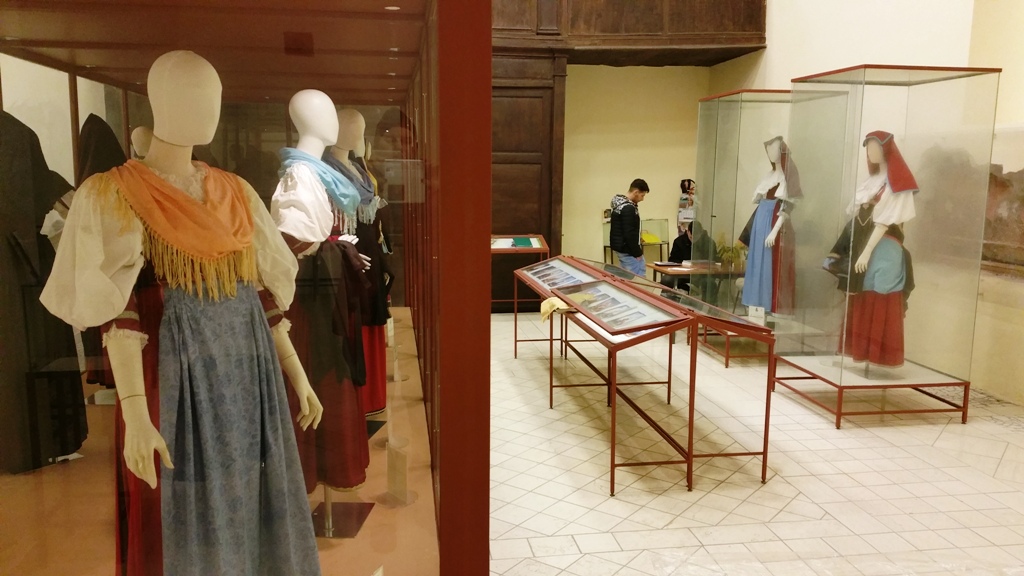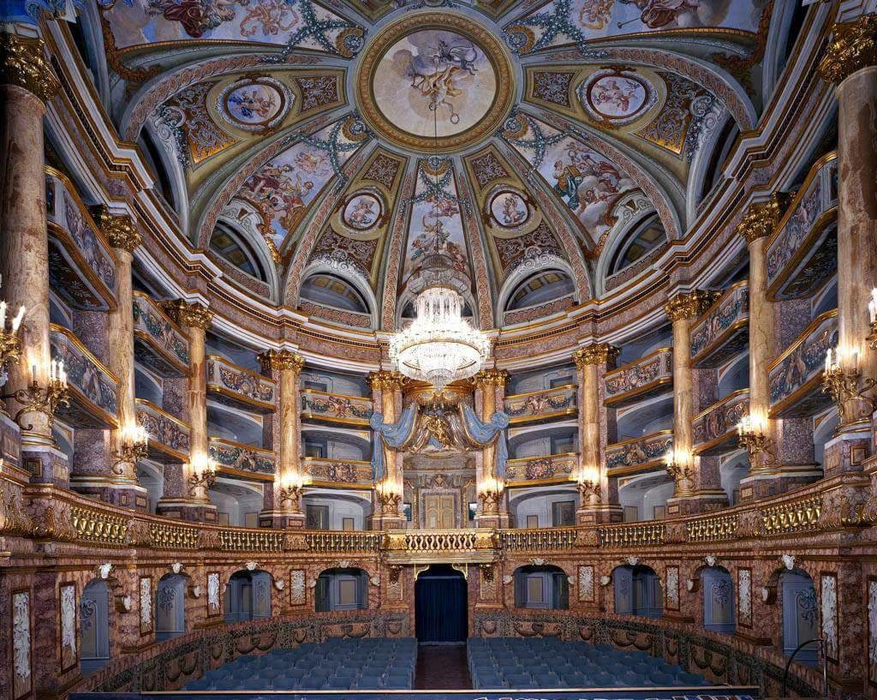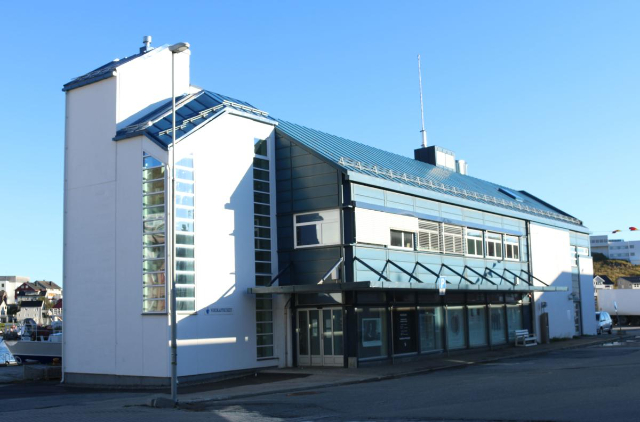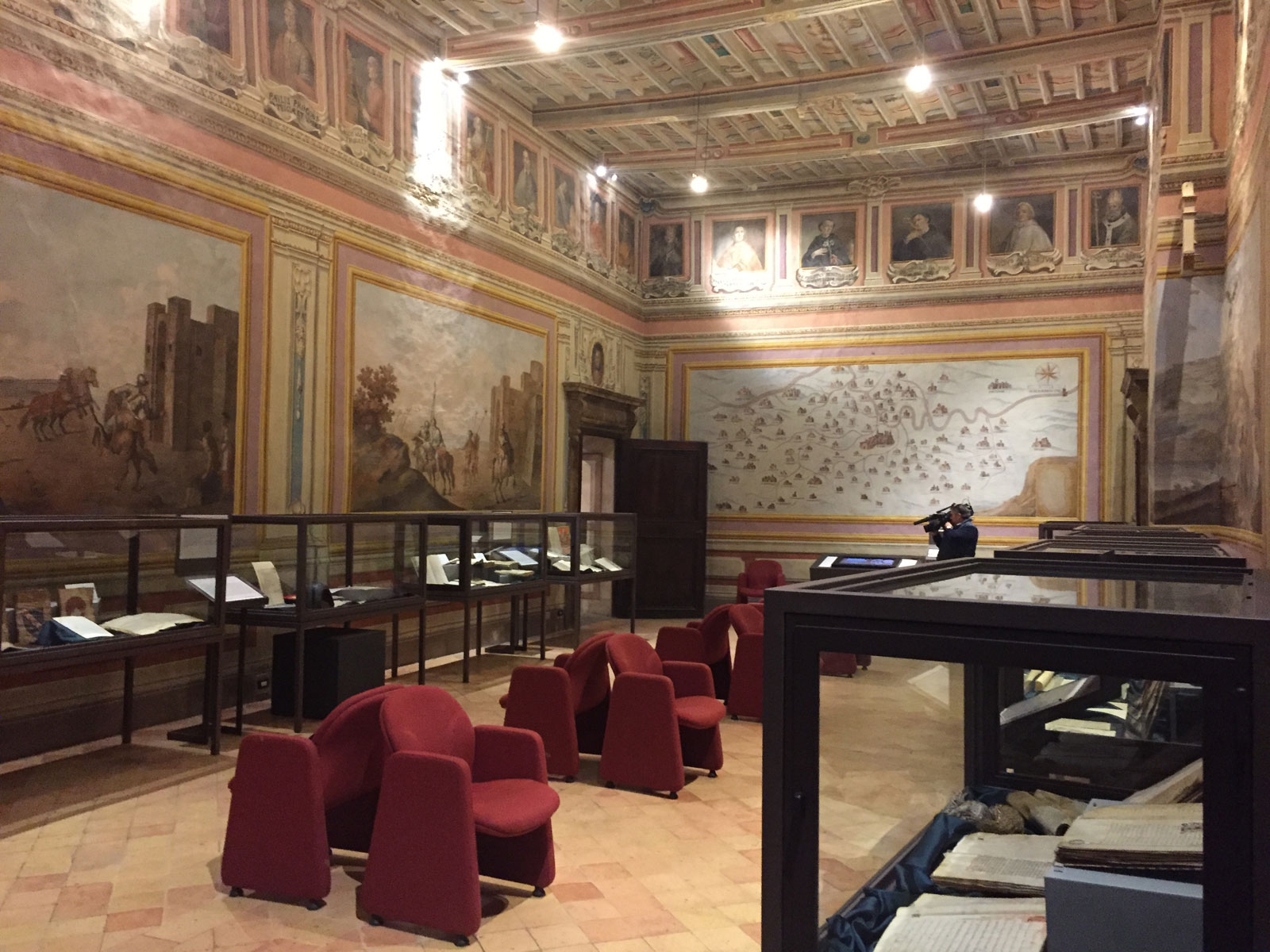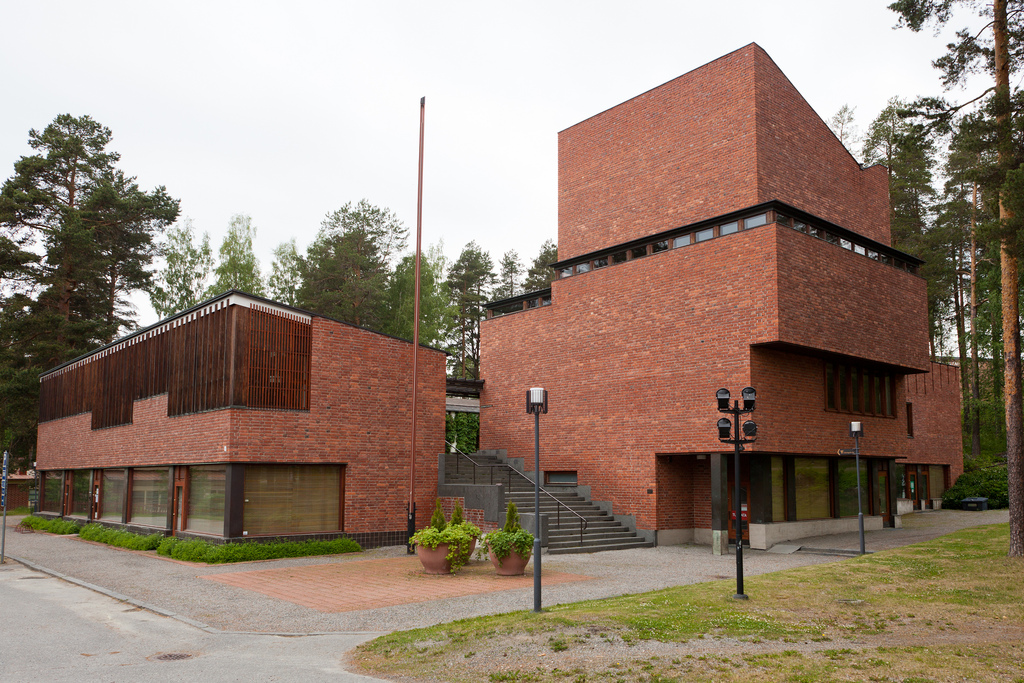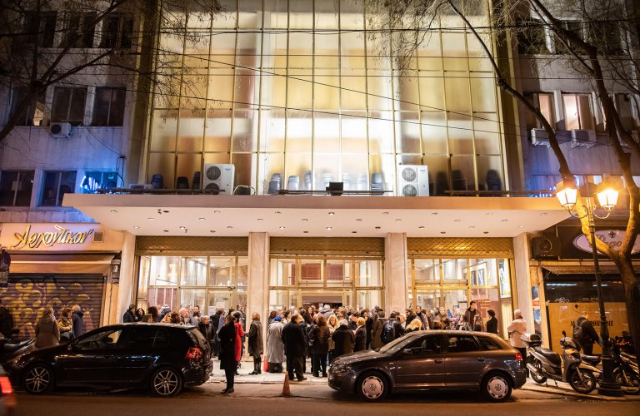The Museum is the seat of an exhibition entitled "Permanent exhibition of ancient Polla’s costumes". Hosted in the deconsecrated chapel of Santa Maria la Scala, it intends to illustrate the history of Polla through the most typical and known feature of the village: the popular clothing. It is a wide exhibition that traces the evolution of the traditional local female dress from the nineteenth to the twentieth century. The traditional female costume of Pollia is the most characteristic of those of the neighbouring villages, so much so that it has become the pride of all the women of Pollia who have worn it until the last twenty-five years of the twentieth century. The exhibition is articulated according to the criterion of the occasions and circumstances that mark the daily life: gala dresses and festivities, dresses of daily use, ritual dresses used during processions, nineteenth-century dresses and mourning dresses, sewn with skill by Mrs. Teresa Sorrentino Marcigliano, art that has learned from the teachers Luigia Forte Sorrentino and Teresa Amen in all the meticulous manner of execution of each garment, differentiated by occasion. The review reproduces thirteen dresses of local costume, arranged in three showcases, worn by as many mannequins, highlighting their peculiarities. The characteristic garments are: the shirt of fine cotton muslin or white linen with a wide round neckline of lace or embroidered tulle; the headdress of scarlet wool, about half a metre wide and about ninety centimetres long; the rectangular overcoat of fine black or brown wool, finished with silk ribbon in shades of red and gold braid; the corset and the sleeves are made in various colours and joined by a blue ribbon; then there are the skirt and the apron. These elements characterize all the costumes, except for a few differences that distinguish them according to the occasions. A detailed analysis of Polla’s costumes has been made by professor Antonio Tortorella who, in the text "Il costume delle donne di Polla" (Polla’s women’s costumes), realized with the contribution of the Campania Region, has described and catalogued the styles in all their details.
